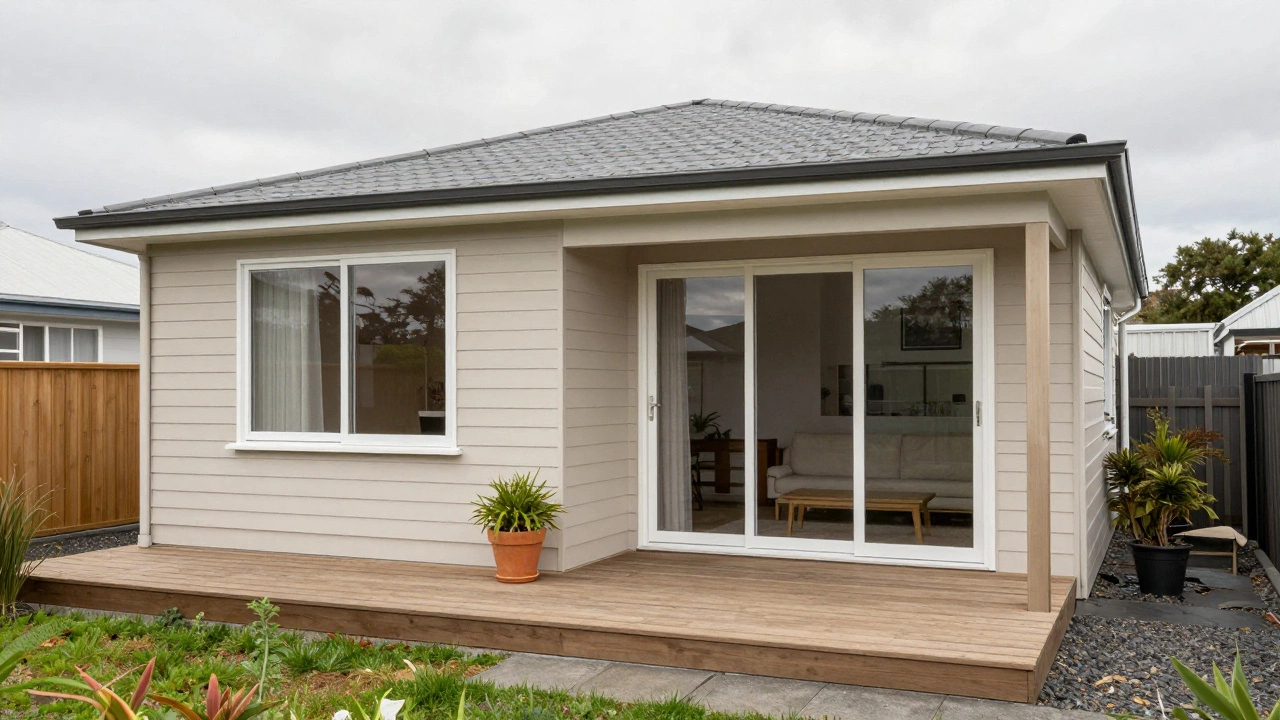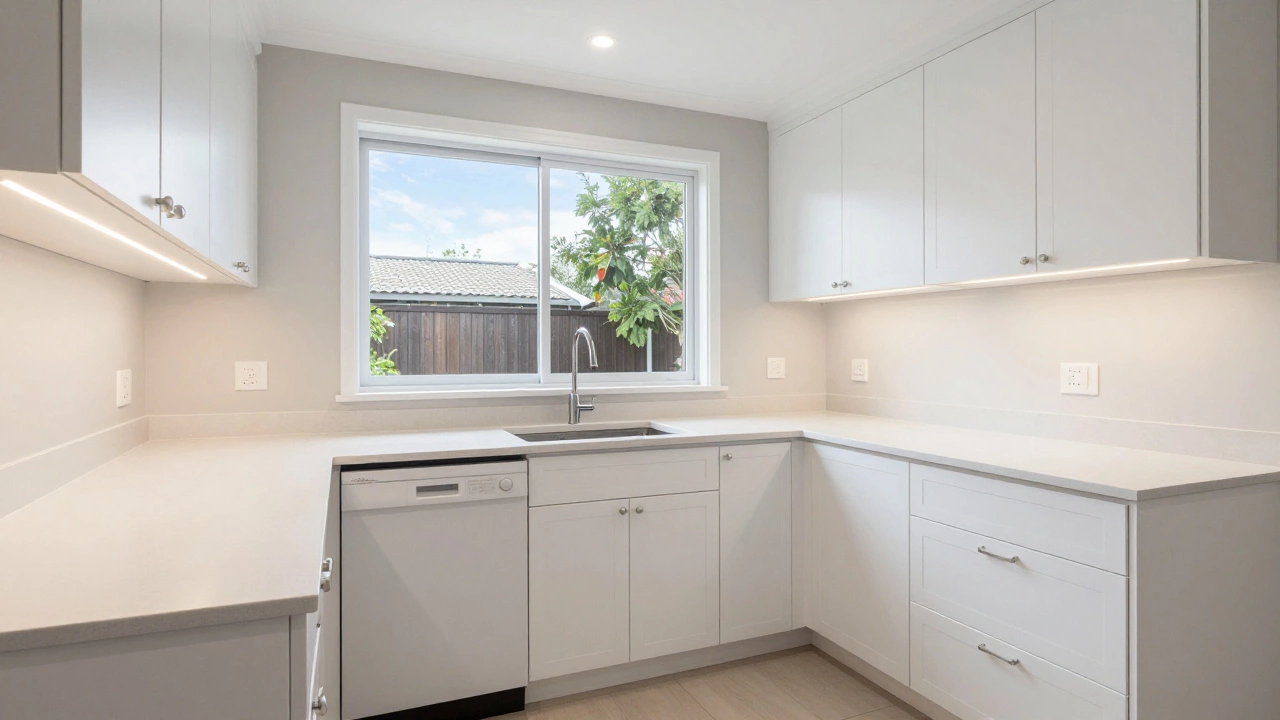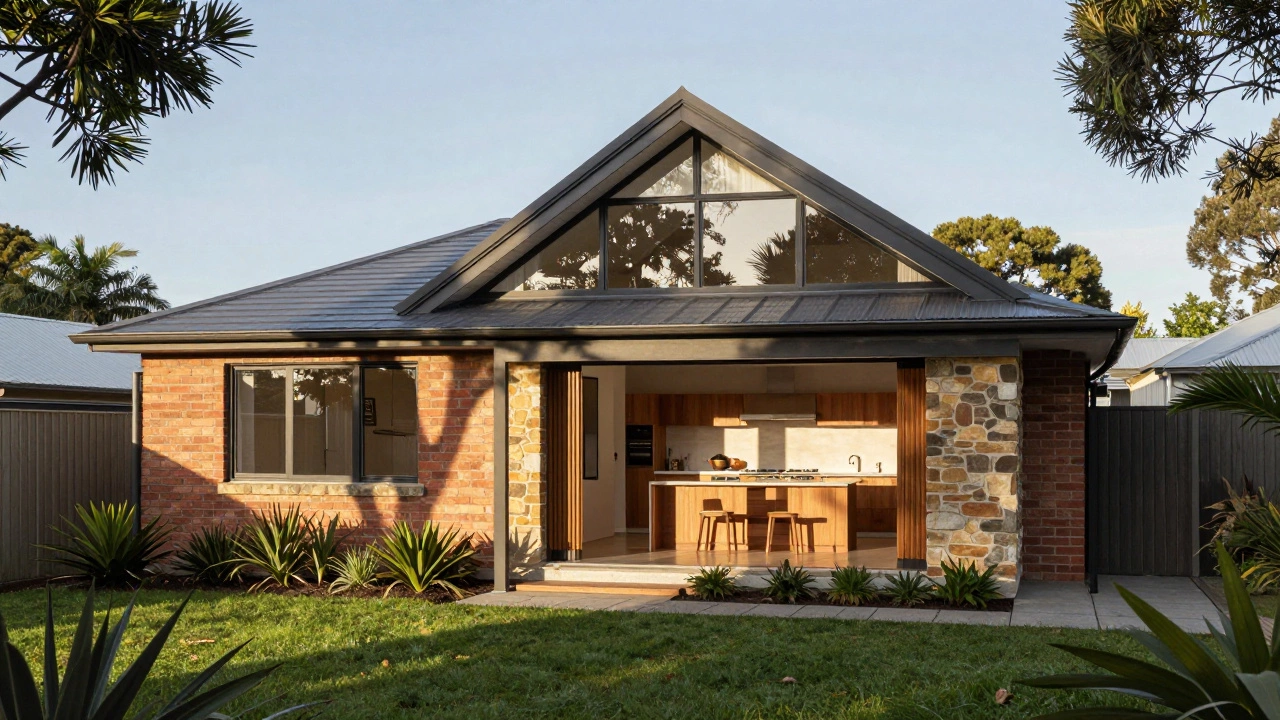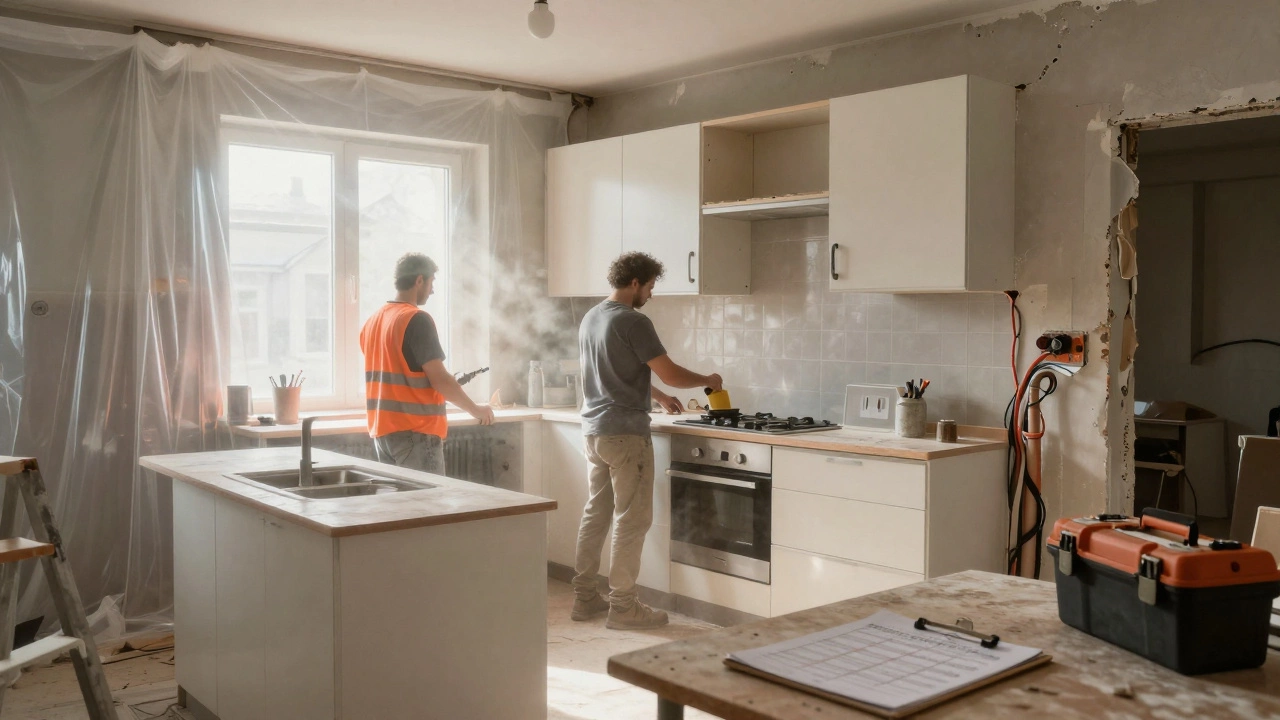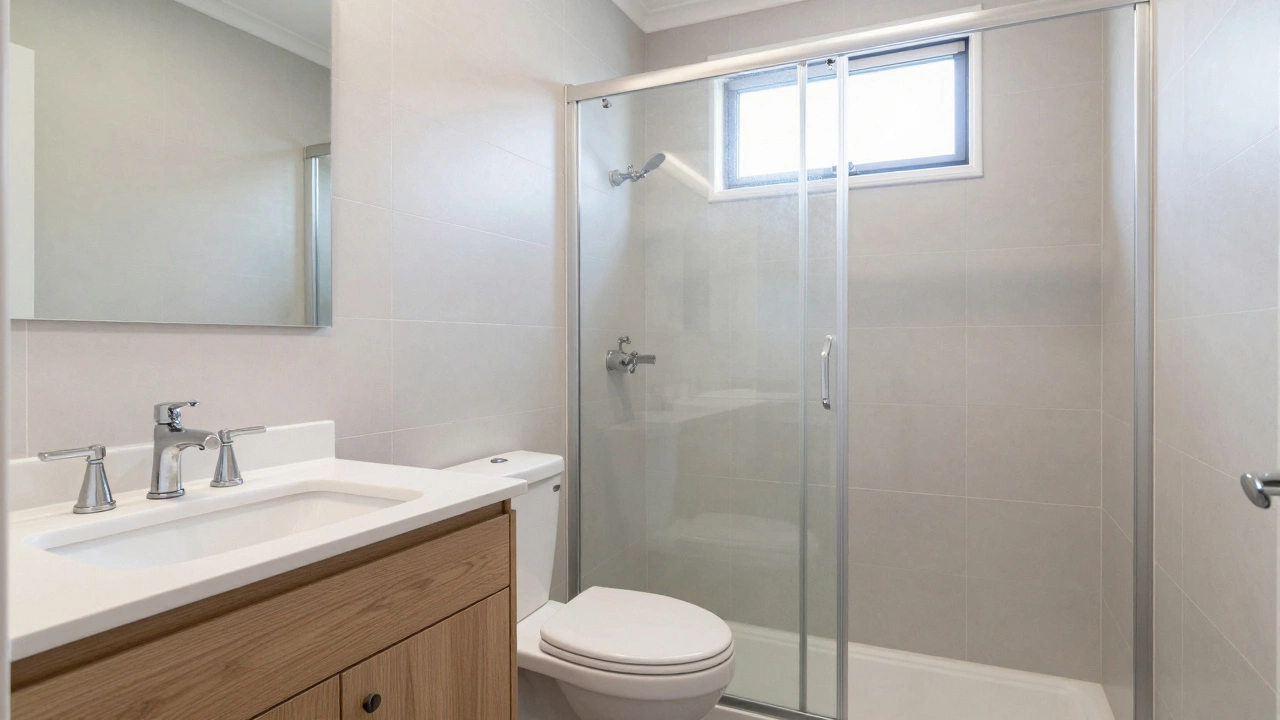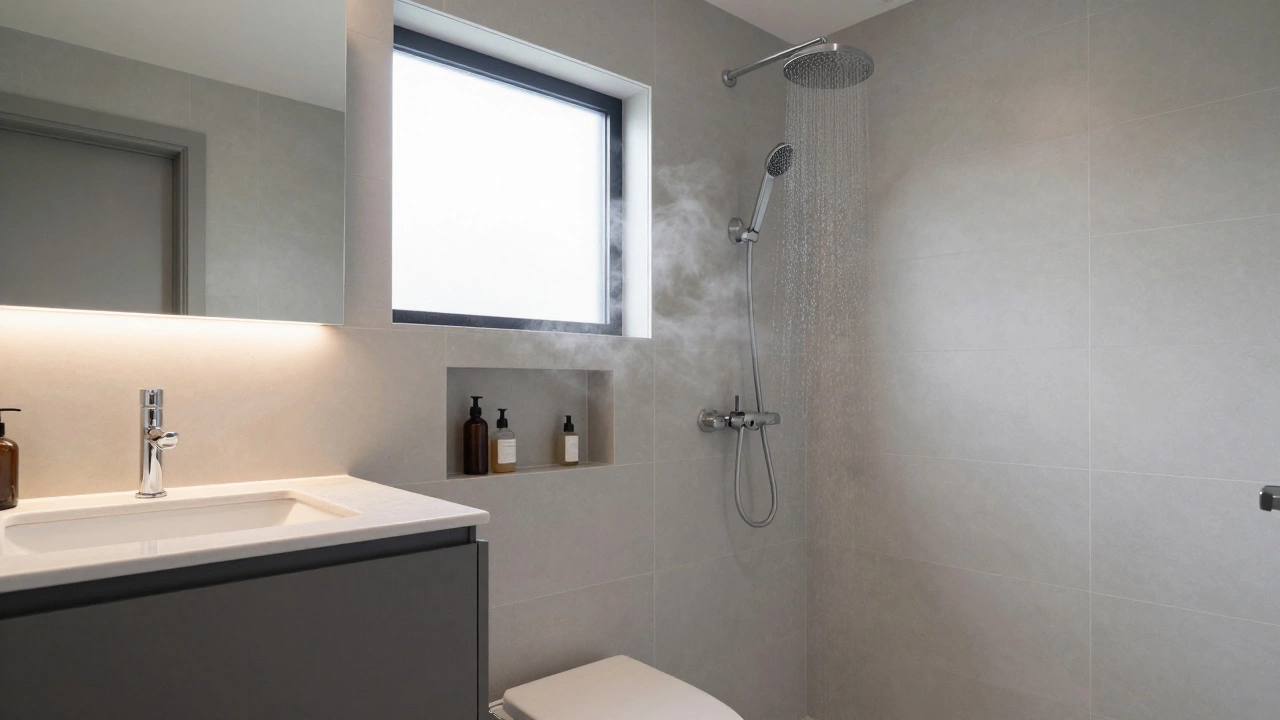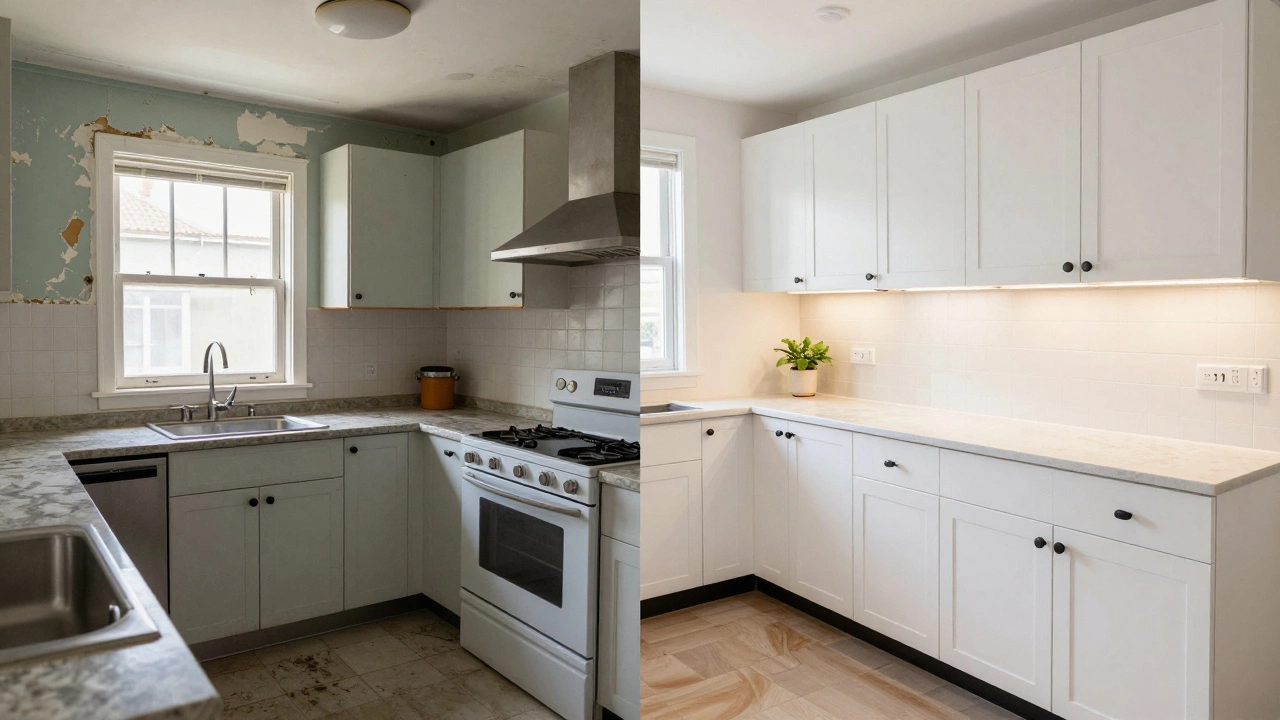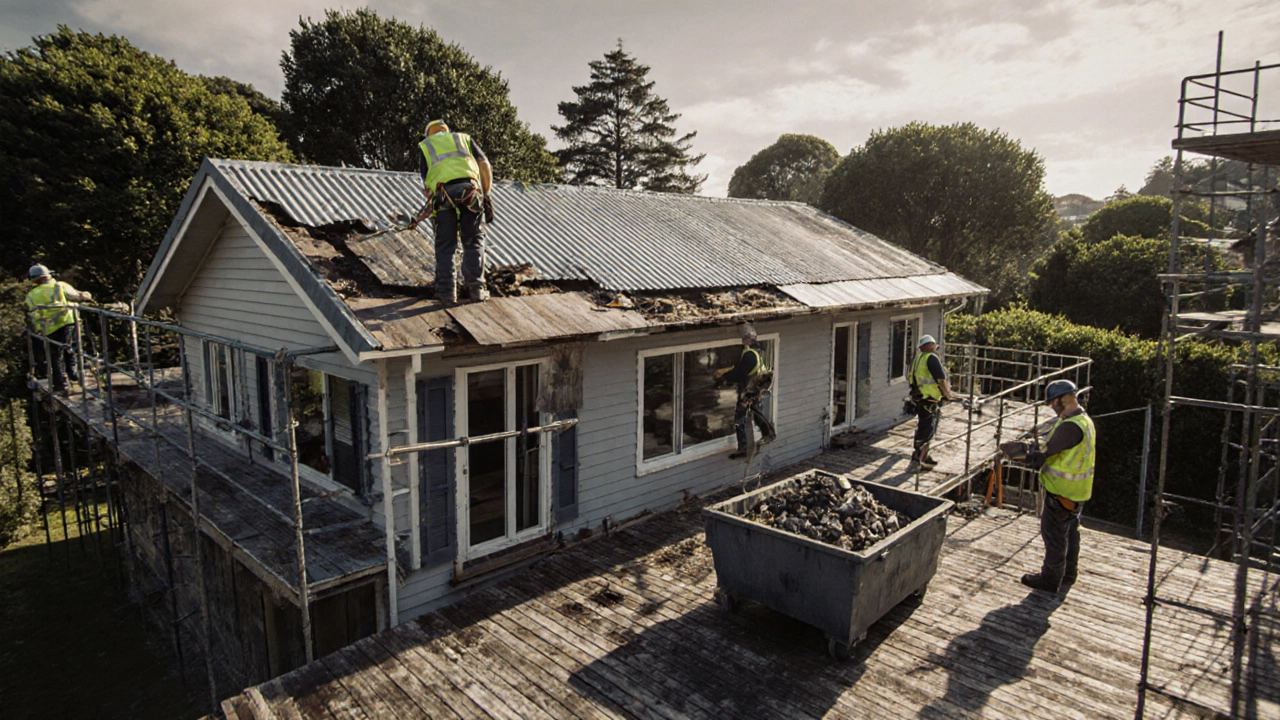Home Improvement Made Simple – Practical Guides for Every Project
Thinking about fixing the roof, adding a loft, or giving the bathroom a fresh look? You don’t need a degree in construction to get started. This page pulls together the most useful advice from our guides so you can plan, budget, and execute with confidence.
Key Areas to Upgrade
Roof work often feels like a big spend, but knowing why it costs what it does helps you avoid surprises. Labor, quality materials, and safety measures are the main drivers. Compare a few local quotes and ask each roofer to break down the price per square – you’ll see exactly where the money goes.
Foundations are the hidden heroes of any house. Small cracks can turn into costly repairs if ignored. Spot the signs early: uneven floors, doors that stick, or visible cracks in the basement wall. Our step‑by‑step guide shows you when a DIY patch is enough and when to call a pro for piering or underpinning.
Bathroom remodels give you the biggest bang for the buck. Start by deciding whether to tackle walls or floors first – most experts recommend doing the floor first, then the walls, because it prevents re‑doing tile work later. Keep an eye on the order of tasks: demolition, plumbing, electrical, then finishes. This saves time and cuts waste.
Loft conversions can add extra bedrooms or a home office without extending the footprint. There are four main types – rooflight, dormer, hip‑to‑gable, and mansard. Each fits different roof shapes and budgets. Before you commit, check headroom, stair access, and whether your loft meets building regulations.
Kitchen installations range from dry‑fit units you assemble yourself to full‑service fitted kitchens. A dry‑fit kitchen saves money because the cabinets arrive unassembled and you put them together on site. Know what’s included: cabinet placement, countertop prep, and basic wiring. Anything extra – like appliances or custom backsplashes – should be listed up front.
How to Plan Your Project
Start with a clear budget. Write down every line item you can think of – materials, labour, permits, and a buffer for unexpected issues. A simple spreadsheet works fine; just keep it updated as quotes come in.
Next, set a realistic timeline. Most home improvements take longer than the contractor says, especially if you’re juggling work and family. Add a week or two for each major phase to keep stress low.
Finally, gather reliable professionals. Look for reviews that mention punctuality and clean‑up, not just price. A short interview about their process can reveal whether they’ll respect your timeline and budget.
With these basics in mind, you’re ready to turn a vague idea into a finished project. Use our detailed articles for deeper dives into each topic – from roof cost breakdowns to loft conversion limits – and keep this page handy as your checklist. Happy improving!

